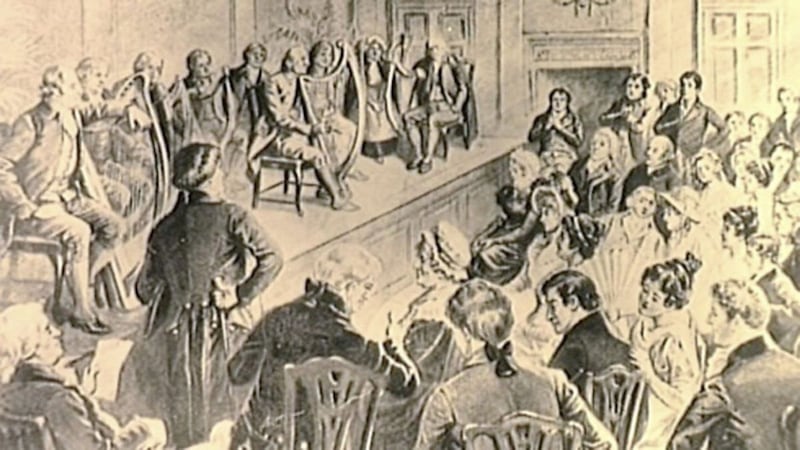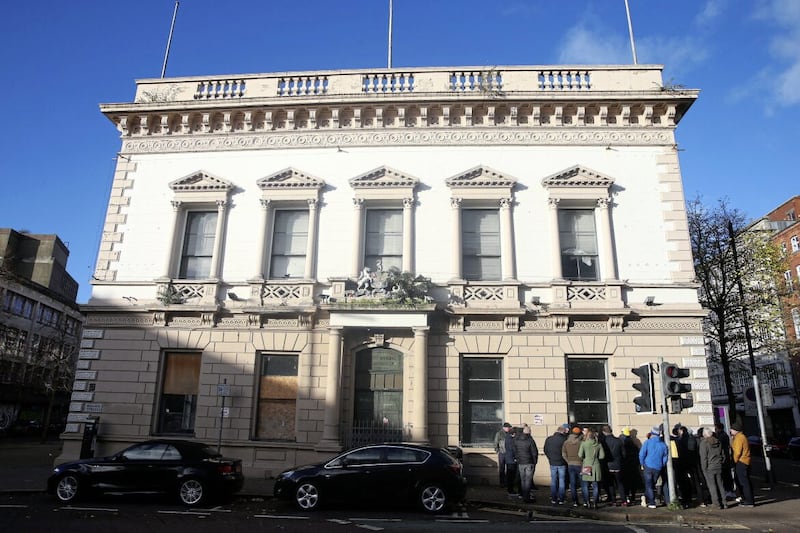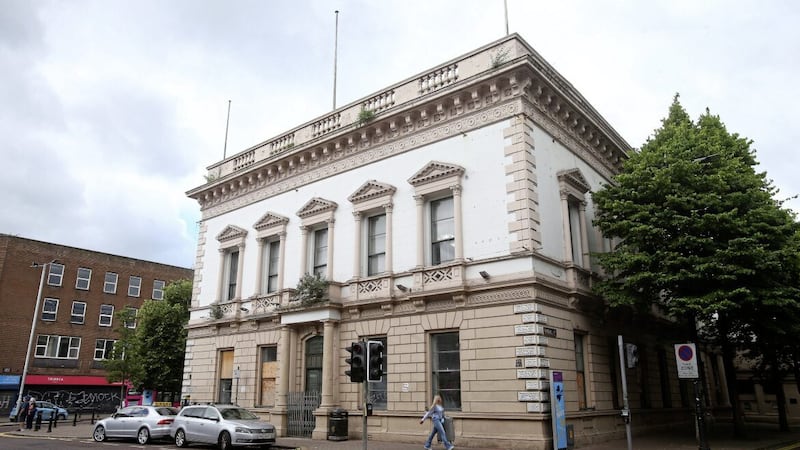If one case sums up the appalling image presented to residents and visitors alike by far too many aspects of Belfast city centre, it is that of the hugely significant but sadly derelict 250-year-old Assembly Rooms.
The landmark complex, on a prominent site at the corner of Waring Street and North Street, is directly linked to some of the most important episodes in our history, and has even been suggested as the northern equivalent of Leinster House in Dublin.
However, it is in what can only be described as a pathetic state, with crumbling masonry, plastered with graffiti, and crudely boarded-up doors and windows offering a particularly unfortunate commentary on 21st century Belfast.
Its decline is not new, as it has been officially placed on Ulster Architectural Heritage’s “at risk” list for over two decades, but it vital that it is the subject of a properly planned and financed regeneration strategy.
John Gray of the Reclaim The Enlightenment campaign group has unequivocally named it as “our most symbolic historic building” and it is difficult to argue with the range of evidence backing his assessment.
The last great gathering of the blind harpers of Ireland was staged there in 1792 and it was also the place where the project for Belfast to establish a slave trading company was thankfully vetoed in the same era.

Perhaps most unforgettably, the leaders of the United Irish rebellion, including Henry Joy McCracken, were court-martialled there immediately prior to being led to nearby High Street to be executed in 1798.
It was used for many other purposes down the years and always maintained in a reasonable condition until it was vacated as a branch for the former Northern Bank in 2000.
There were hopes that it would be at the heart of ambitious wider plans to transform the city centre before the much-heralded Tribeca scheme ran into major complications.
It is clear that Belfast City Council is deeply frustrated by the Tribeca stalemate and the time has come for a decisive intervention.
What cannot be allowed is the further heart-breaking deterioration of the Assembly Rooms until it reaches a stage where it can effectively no longer be rescued
A deal which places the Assembly Rooms under public control, through an appropriate understanding with Castlebrooke Investments, the English company which owns it, is the obvious outcome.
Making it the home of a museum of the Troubles, reflecting all facets of the search for peace and reconciliation in our divided society, would be a genuinely exciting initiative.
What cannot be allowed to happen is the further heart-breaking deterioration of the Assembly Rooms until it reaches a stage where it can effectively no longer be rescued in its present form. Future generations will judge us harshly if we fail to act.









